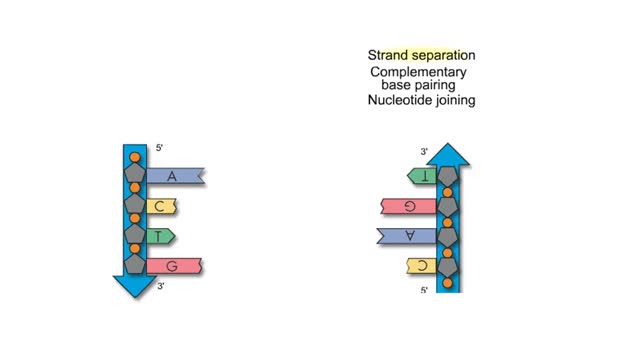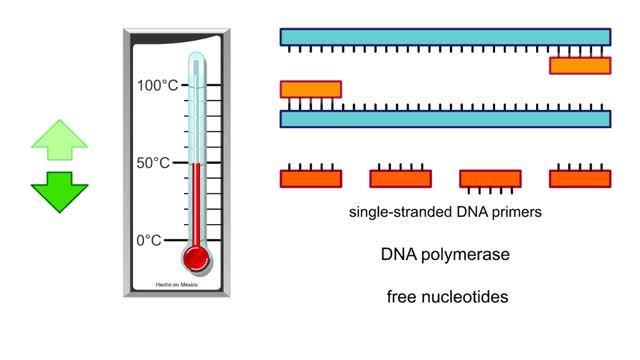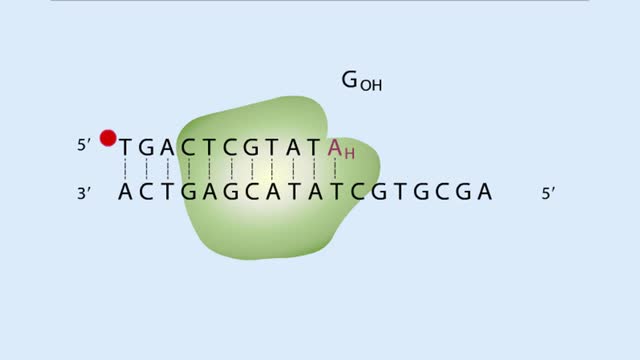The Lagging Strand in DNA Replication and Replication in Action
By: HWC
Date Uploaded: 03/18/2020
Tags: homeworkclinic.com Homework Clinic HWC DNA Replication The Lagging Strand RNA RNase DNA ligase Okazaki fragments SSBs Polymerase Ligase DNA polymerase
The lagging strand is the strand of nascent DNA whose direction of synthesis is opposite to the direction of the growing replication fork. DNA backbones run in opposite directions, the strands in a DNA molecule are oriented antiparallel to one another. New DNA is made by enzymes called DNA polymerases, which require a template and a primer (starter) and synthesize DNA in the 5' to 3' direction. During DNA replication, one new strand (the leading strand) is made as a continuous piece. The other (the lagging strand) is made in small pieces. • RNA primers must be removed • RNase H degrades RNA primers • Gaps are filled in by DNA polymerase • DNA ligase ligates the Okazaki fragments DNA helicase unwinds and separates the DNA strands. The DNA is fed through a stationary replication machine. SSBs keep the strands separated. Polymerase extends the chain in the 5' to 3' direction. RNase H degrades RNA primers. DNA polymerase fills in gaps left by RNase H. Ligase joins fragments together.
Add To
You must login to add videos to your playlists.
Advertisement












Comments
0 Comments total
Sign In to post comments.
No comments have been posted for this video yet.